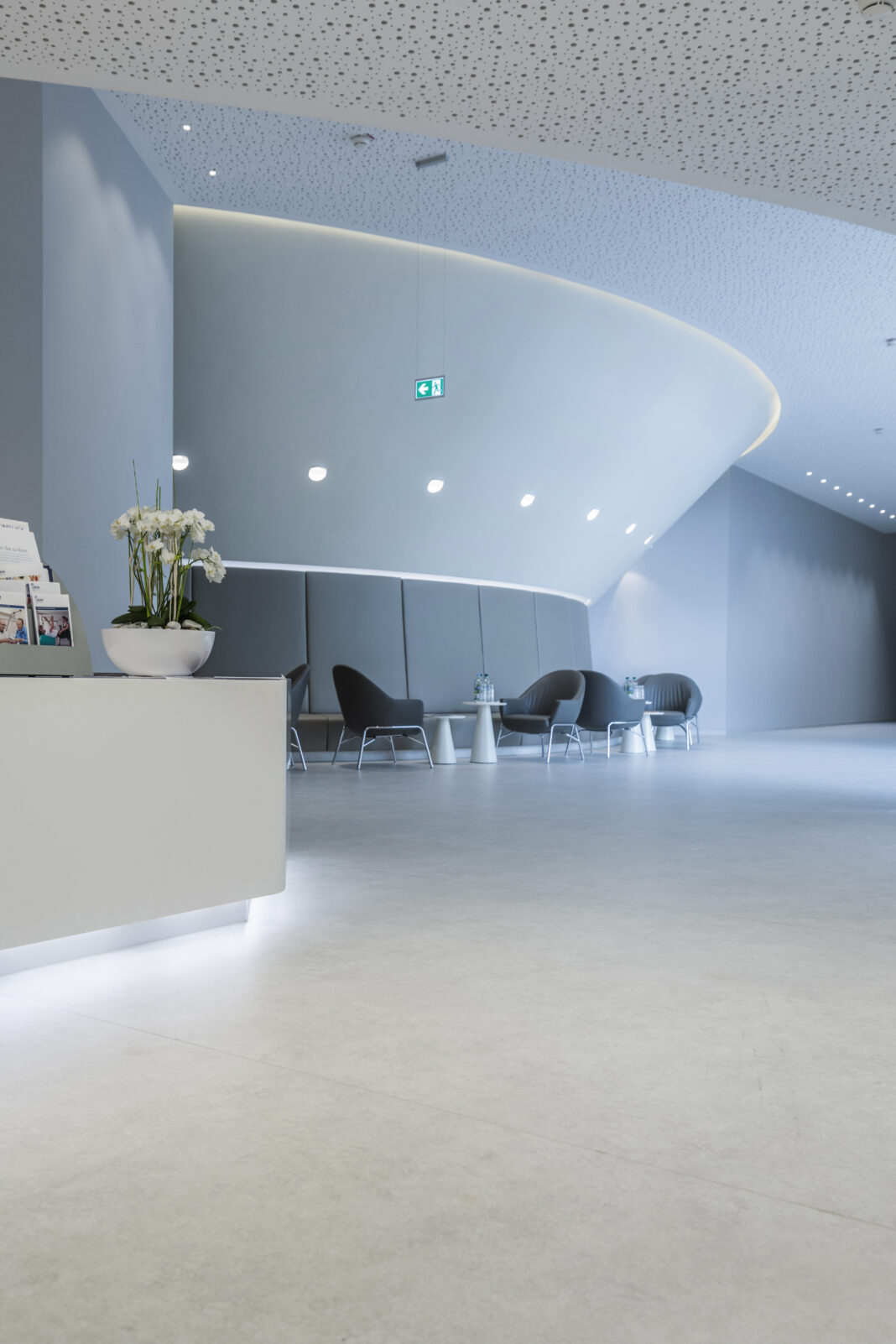The importance of construction and building design materials in ‘managing down’ the environmental impact both of fabrication and of post-manufacture energy consumption is coming under intense scrutiny from governments and regulators around the world – and this sustainability drive applies not only to new developments, but to the renovation and upgrade of existing buildings too, says Mark Hipwell, head of sales, Northern Europe, Windmöller.
In the UK, for example, government’s ‘green building revolution’ sets rigorous new energy consumption and emissions standards for ‘replacement, repairs and parts’ – not just for the materials used in newbuilds.*
And in the EU, plans proposed in October 2020 aim to more than double the annual rate at which EU buildings are renovated – rather than built anew – to improve energy performance, as well as to impose binding minimum energy performance standards for all buildings across Europe.
Clearly, this dual focus on new and existing buildings means that the availability, quality and affordability of environmentally sustainable building and design materials becomes doubly critical for the industry.
And as no building is complete without a floor, floor coverings will be – and in fact already are – at the vanguard of this sector’s environmental progress.
Materials and production: natural, safe, low-emission
True sustainability starts with raw materials and the manufacturing processes that turn them into finished product – and the latest floorcovering innovations are ahead of the game on both counts.
By combining sustainable materials like ecuran (a polymer made with rapeseed or castor oils and chalk, with no added chlorine, solvents, or plasticisers) and certified carbon-neutral production methods, floor coverings can now strike the optimum balance between low environmental fabrication impact and maximum safety and user wellbeing.
And with their fast, energy-efficient distribution of ground heat, they also help to minimise energy use and cut carbon emissions.
Performance and durability: fit-for-purpose, fit for the planet
Of course, what is also critical is that the customer can rely on the product’s ability to perform the job required of it, particularly when compared to the alternatives available.
Again, on these fronts, flooring can now deliver admirably. Bio-Polyurethane offers extremely high levels of resistance to staining, scores, dampness and humidity, and degradation by UV light.
(Just to put this in perspective, in tests conducted by university research teams, industrial variants of this flooring have been found to withstand 25,000 crossings with 500 kg at 6 km/h, with an outstanding residual indentation behaviour of ≤ 0.1mm and a high light-fastness of ~7 – impressive metrics by any measure).**
This flooring is also highly elastic, enabling it not only to retain its shape and cohesion under pressure, but also to be consistently soft and quiet underfoot, with the added benefit of being naturally warm to the touch – all of which make for a pleasant, comfortable, and wellbeing-conscious user experience.
Does sustainability pay?
Naturally, cost is a major factor in a floor covering purchase decision, both for domestic and commercial clients – so the question is, can flooring play its role in the brave new sustainability landscape at a price customers can afford?
The answer is better than ‘yes’ – it’s ‘yes in all respects!’ Not only is the acquisition cost of sustainable flooring in line with traditional flooring types (such as rubber, linoleum rubber, PVC-coated, and PVC, for example), but the lifecycle costs are demonstrably lower and can offer savings of some 30%, according to research from the Pfiff Institute. This is thanks to its long-life performance of 30 years and the easy maintenance and cleaning of the product. It is exceptionally hardwearing due to its polyurethane formula, making it a thermoset flooring rather than a thermoplastic product, thus much more resistant.
This makes sustainable flooring a highly economical choice, but one with health and safety benefits too as the product has impressive fire protection properties. But above all, the cost advantages come with environmental benefits too, since at the end of their lifecycle these flooring materials can be disposed of easily in normal household waste.
Conclusion: a sustainable base to build on
In short, then, flooring is responding to the challenges, changes, and demands of an ever-stricter approach to building sustainability with considerable aplomb.
The cost and environmental benefits are already being keenly perceived by those in the design, construction, and flooring retail sectors, as well as by the end-users whose lot it is to feel this slice of sustainability underfoot every day, without even realising it – in the office, in the shop, in the home.
Like the buildings themselves, sustainability is built from the ground up.
References
* https://www.gov.uk/government/news/rigorous-new-targets-for-green-building-revolution
** Bielefeld University of Applied Sciences
Mark Hipwell is head of sales, Northern Europe, Windmöller


